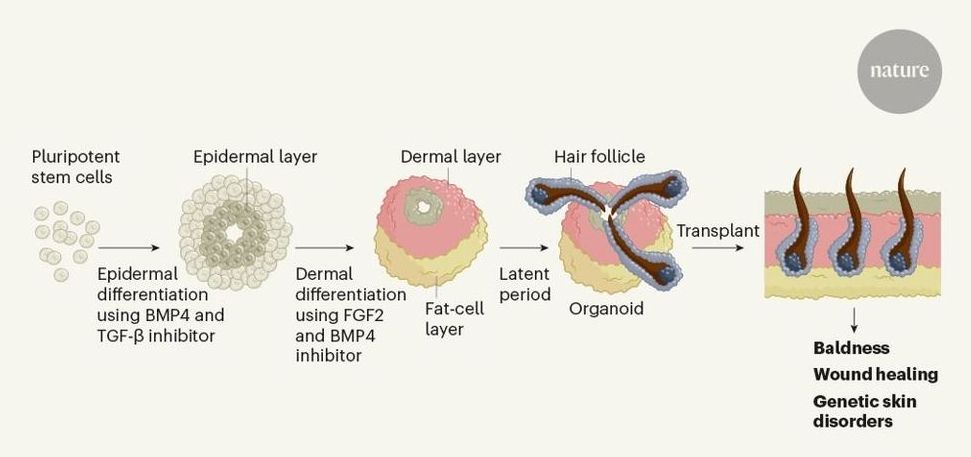Circa 2015 o.o
Scientists didn’t actually see an electron decay, but they did manage to come up with some better numbers in relation to their longevity.

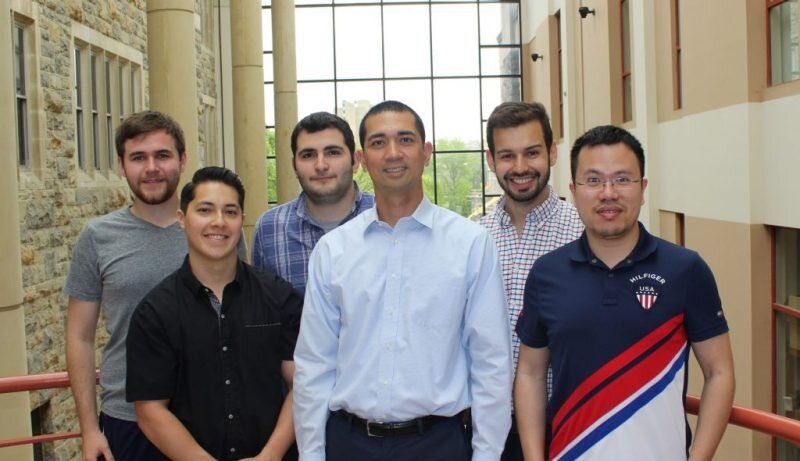
Mentions aging!
Obesity affects more than 40 percent of adults in the United States and 13 percent of the global population. With obesity comes a variety of other interconnected diseases including cardiovascular disease, diabetes, and fatty liver disease, which makes the disease one of the most difficult—and most crucial—to treat.
“Obesity is the biggest health problem in the United States. But, it is hard for people to lose weight and keep it off; being on a diet can be so difficult. So, a pharmacological approach, or a drug, could help out and would be beneficial for all of society,” said Webster Santos, professor of chemistry and the Cliff and Agnes Lilly Faculty Fellow of Drug Discovery in the College of Science at Virginia Tech.
Santos and his colleagues have recently identified a small mitochondrial uncoupler, named BAM15, that decreases the body fat mass of mice without affecting food intake and muscle mass or increasing body temperature. Additionally, the molecule decreases insulin resistance and has beneficial effects on oxidative stress and inflammation.
In this new installment of our series on the highest-mileage Tesla Model X (and one of the highest mileage EVs in the world), we look into battery degradation and replacement on a Tesla with over 400,000 miles.
Earlier this year, I bought one of the cheapest and most high-mileage Tesla Model X vehicles ever.
With over 400,000 miles (650,000 km), it’s one of the highest-mileage electric vehicles in the world and serves as a great case study for the longevity of electric cars, in general, and Tesla vehicles in particular.
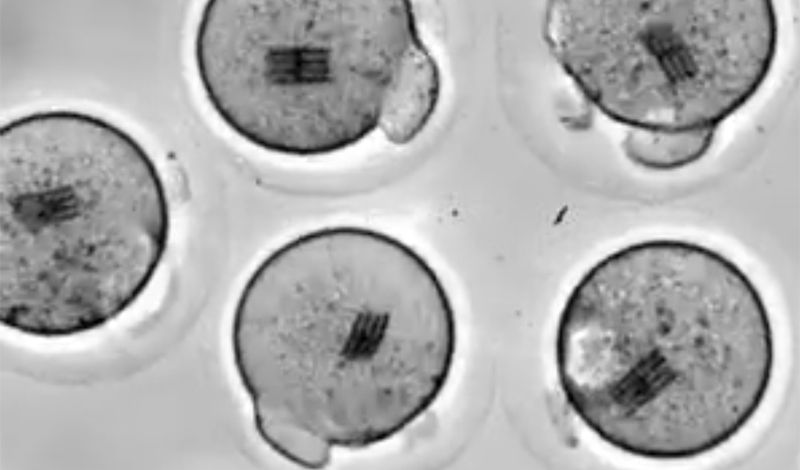
This work on one-cell embryos could advance our knowledge of the mechanisms that underpin cellular behaviour in general, and may ultimately provide insights into what goes wrong in aging and disease.
For the first time, scientists have added microscopic tracking devices into the interior of cells, giving a peek into how development starts.
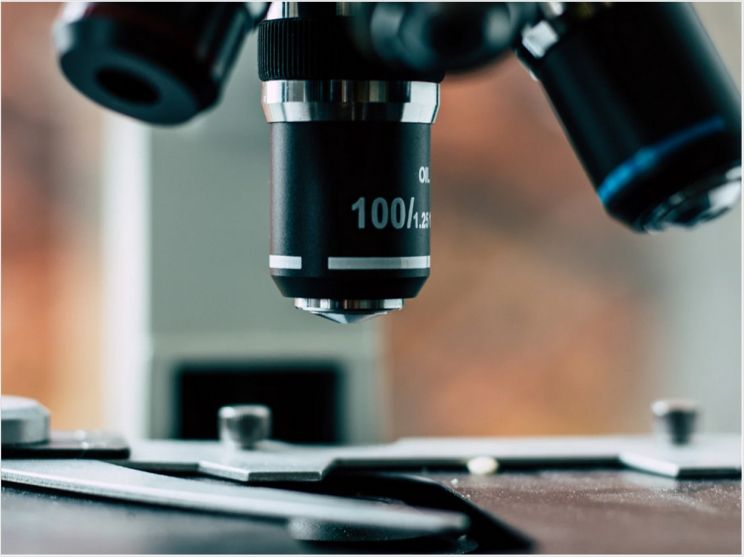
Rapamycin, a drug that has life-extending effects on mice (and possibly dogs and humans), also reverses age-related dental problems in mice. 🦷 Out now in eLife from researchers at The University of Washington School of Dentistry & JAX’s Kaczorowski Lab:
Rapamycin, which has life-extending effects on mice, also reverses age-related dental problems such as periodontitis and regrows bones in the animals.
#Eternal life might not be attainable in the near future, but genetic engineers and doctors are working on new life extension technology. The research could lead to keeping our bodies young, and scientists are developing ways of downloading our brain’s consciousness onto digital media once the body is at the end of its life cycle.
#RT #Documentary offers you in-depth documentary films on topics that will leave no one indifferent. It’s not just front-page stories and global events, but issues that extend beyond the headlines. Social and environmental issues, shocking traditions, intriguing personalities, history, sports and so much more – we have documentaries to suit every taste. RTD’s film crews travel far and wide to bring you diverse and compelling stories. Discover the world with us!
SUBSCRIBE TO RTD Channel to get documentaries firsthand! http://bit.ly/1MgFbVy
FOLLOW US
RTD WEBSITE: https://RTD.rt.com/
RTD ON TWITTER: http://twitter.com/RT_DOC
RTD ON FACEBOOK: http://www.facebook.com/RTDocumentary
RTD ON INSTAGRAM https://www.instagram.com/rt_documentary_/
RTD LIVE https://rtd.rt.com/on-air/
SEE MORE EPISODES like this https://podcast.hyperwellbeing.com/
In this fifteenth episode, Liz Parrish shares her quest for radical life extension and details her two completed gene therapies. She describes the regenerative medical tourism available today for increased lifespan and costs. She relates her company’s mission to create a human that regenerates faster than they degenerate. She details her upcoming gene therapies, including upgraded IQ.
➢ Episode show notes https://bit.ly/2BztscJ
➢ Episode transcript https://bit.ly/2A2adrN
Twitter @hyperwellbeing
LinkedIn https://bit.ly/qhwalipod
LinkedIn group https://bit.ly/qhwali
Consulting https://hyperwellbeing.com
Newsletter https://eepurl.com/b71fdr
Quantified Health, Wellness & Aging is a podcast about the latest products and services, technologies and people — pushing forward a new frontier. The audience is two-fold. Industry professionals who wish to track a trillion-dollar shift and new growth markets. Savvy consumers who wish to stay at the forefront, live longer and in an optimal state. Bimonthly, Lee S Dryburgh hosts a pioneer for an in-depth discussion.
Ira Pastor, ideaXme life sciences ambassador, interviews Dr. Eric Van Gieson, Program Manager in the Biological Technologies Office (BTO) at DARPA. https://www.darpa.mil/staff/dr-eric-van-gieson
Ira Pastor Comments
On several recent ideaXme episodes, we have spent time on different topics pertaining to human health, disease, degeneration and aging, focused on a variety of therapeutic and preventative interventions being developed in the private sector of the economy, both here in the U.S. and more broadly globally.
We’ve also had representatives from various independent agencies of the United States Federal Government, the UK government (UKRI), and other foreign governmental agencies, join us to discuss many of the exciting public sector discoveries and development occurring, that possess massive trickle down benefits to the general public.
For example, over the last few months ideaXme has had several guests that have worked in different roles within NASA (U.S. National Aeronautics and Space Administration) talking about how research in space, can help improve the lives of us on Earth, where topics have included the bio-dynamics of sub-orbital flight training, astrobiology on the International Space Station (ISS), and even isolation chamber training for physical / psychological dynamics pertaining to future missions back to the Moon and Mars.
DARPA:
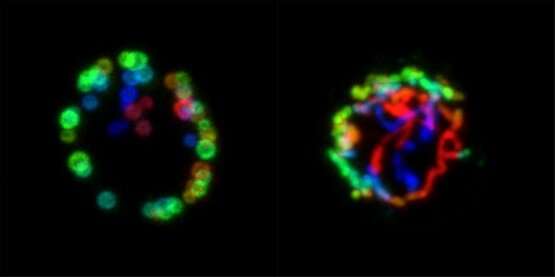
A study by Monash Biomedicine Discovery Institute (BDI) expands the understanding of the molecular pathways that control T cell function and survival and how it relates to declining T cell immunity in the elderly.
The findings, published in Nature Communications, led by Monash BDI’s Professor Nicole La Gruta and Dr. Kylie Quinn (formerly of Monash University BDI, now Vice-Chancellor’s Research Fellow at RMIT University), outline that the increased metabolism of T cells observed with advanced age was an indication that they were working harder merely to survive.
This contradicts previous knowledge, which suggested an increased metabolism was indicative of T cell function, and will have implications for the development of targeted interventions such as vaccines or immunotherapies to treat age-related immune dysfunction.
